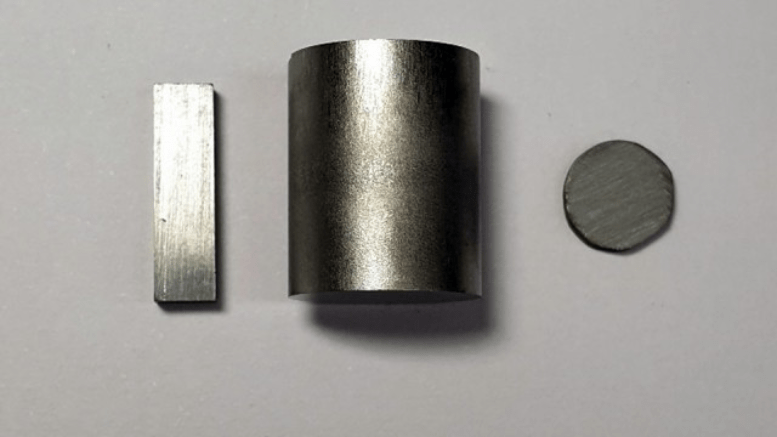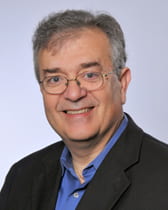Professor Mercouri Kanatzidis creates most efficient thermoelectric system on record
August 4, 2021

NASA’s 2020 Mars rover, Perseverance, is powered by a thermoelectric device that converts heat into electricity. The radioactive decay of plutonium in the rover creates heat, and this heat is converted to energy at an efficacy rate of just 4-5%. The use of thermoelectric devices like these has been well established, but the low conversion rate means their potential for application is extremely limited.
However, Professor Mercouri Kanatzidis, of the Department of Chemistry, has created a high-performing thermoelectric material in a practical form that can be used in thermoelectric device development. The material, called purified tin selenide in polycrystalline form, is the most efficient thermoelectric system on record and could be developed for use in solid-state thermoelectric devices in a variety of industries.
“Thermoelectric devices are in use, but only in niche applications, such as in the Mars rover,” said Kanatzidis. “These devices have not caught on like solar cells, and there are significant challenges to making good ones. We are focusing on developing a material that would be low cost and high performance and propel thermoelectric devices into more widespread application.”

Mercouri Kanatzidis
Kanatzidis worked with a team of scientists from Northwestern University and Seoul National University in Korea. While developing the material, they ran into a serious problem, as they found that thermal conductivity was high and not the desirable low level they had anticipated. Upon closer examination, the researchers discovered a skin of oxidized tin on the material. Heat flowed through the conductive skin and increased the thermal conductivity, which is undesirable in a thermoelectric device.
The researchers were able to remove the oxygen from the pellet, and the true thermal conductivity of the polycrystalline form was found to be lower, as originally expected.
“This opens the door for new devices to be built from polycrystalline tin selenide pellets and their applications explored,” Kanatzidis said.
Read more about the material in Northwestern Now. Read the full report here.
Faculty

Joel Mokyr wins Nobel Prize in Economic Sciences
October 13, 2025
Nobel recognizes Mokyr’s theory on sustained economic growth Joel Mokyr, the Robert H. Strotz Professor of Arts and Sciences and professor of economics and history in the Weinberg College of Arts and Sciences at Northwestern University, today (Oct….

Northwestern accelerates quantum research with NVIDIA technology
September 19, 2025
NVIDIA code could help researchers tackle computationally demanding tasks hindering quantum research Northwestern University physicists are using NVIDIA technology to tackle the computationally demanding tasks hindering quantum research. Northwestern theoretical physicist Jens Koch and his research group…

Weinberg College welcomes new faculty members for 2025-2026 academic year
September 18, 2025
Shreeya Behera Assistant Professor of Instruction PhD institution: The Ohio State University Previous title and institution: Data Scientist at Pandora Bio, Inc. Home department: Statistics and Data Science Shreeya Behera is a mathematician and data…

Weinberg College faculty and graduate students recognized for excellence in teaching
July 2, 2025
Each year, the Weinberg College of Arts and Sciences and the Office of the Provost recognizes members of the College’s tenure-line and teaching-track faculty for excellence in teaching. Weinberg College in addition recognizes the contributions…



